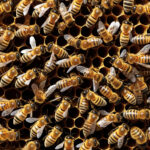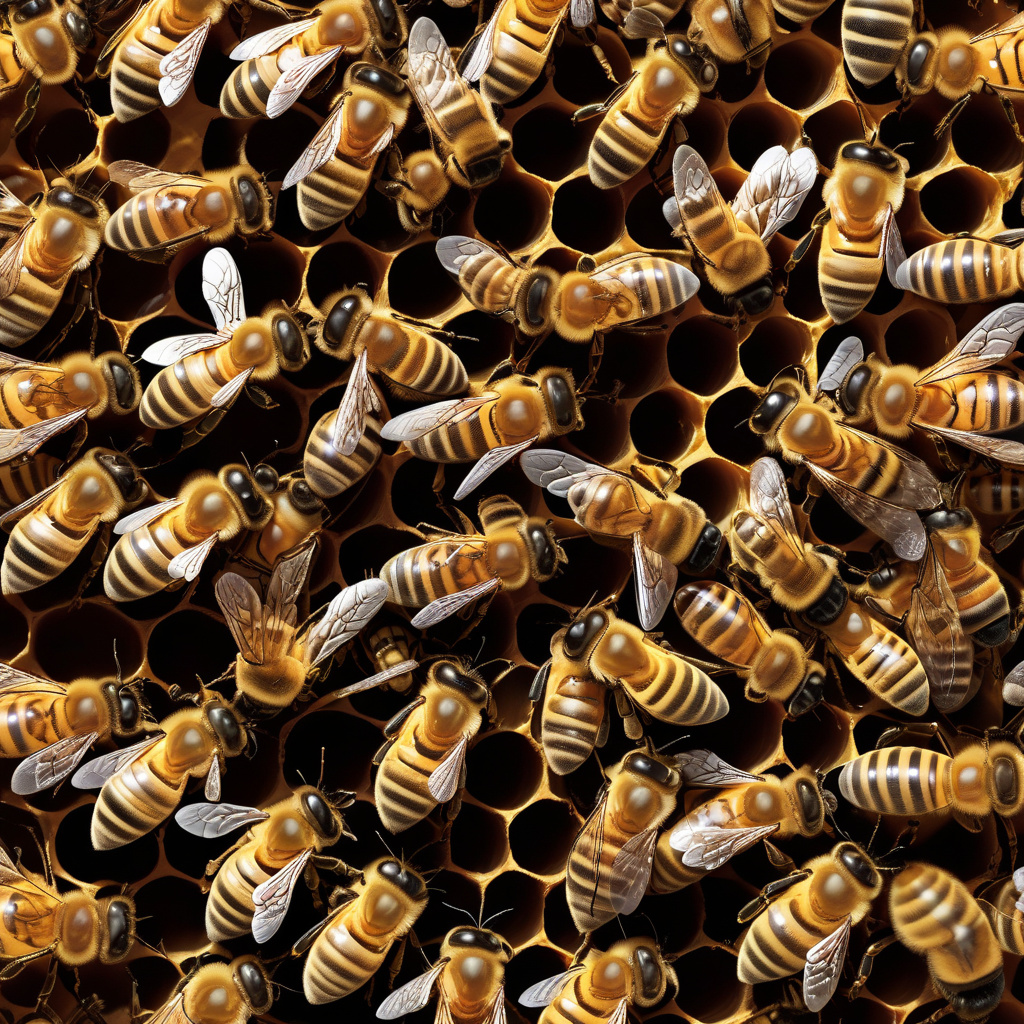The Fascinating Cognitive Complexity of Honeybees’ Waggle Dance
Honeybees are renowned for their intricate and fascinating communication system, particularly through the famous “waggle dance.” This unique form of communication allows honeybees to convey valuable information to their nestmates about the location of food sources. Researchers have long been intrigued by the cognitive complexity involved in this dance and how it serves as a vital tool for the survival and success of the hive.
In a recent study, scientists delved into the world of honeybee communication to uncover the secrets behind the waggle dance. They found that this form of communication is not merely a random series of movements but a carefully choreographed performance that conveys precise information. The waggle dance consists of two main components: the direction of the dance in relation to the sun and the duration of the waggle phase.
During the waggle dance, a forager bee communicates the location of a food source by moving in a figure-eight pattern. The angle of the dance in relation to the sun indicates the direction of the food source relative to the position of the sun in the sky. For example, if the dance is performed vertically, it means that the food source is directly towards the sun, while a dance at a 90-degree angle to the left indicates that the food source is to the left of the sun.
Moreover, the duration of the waggle phase correlates with the distance of the food source. Bees adjust the length of the waggle phase based on the distance they traveled to reach the food source, with longer waggle phases representing greater distances. This precise encoding of both direction and distance in a simple dance is a remarkable feat of cognitive ability.
The researchers also discovered that the complexity of the waggle dance goes beyond simple directional and distance information. They found that bees adjust the intensity of their dance based on the quality of the food source. A more vigorous and enthusiastic dance is performed for richer and more abundant food sources, while a subdued dance is used for less desirable food sources. This nuanced communication allows hive members to make informed decisions about which food sources to prioritize.
The waggle dance is a prime example of how honeybees have evolved sophisticated communication strategies to thrive in their environment. By sharing vital information about food sources, bees can efficiently allocate their foraging efforts and ensure the overall success of the hive. Understanding the cognitive complexity of the waggle dance not only sheds light on the remarkable abilities of honeybees but also provides insights into the broader field of animal communication and intelligence.
In conclusion, the waggle dance of honeybees is a remarkable display of cognitive complexity and efficient communication. Through precise movements and encoding of direction, distance, and quality of food sources, honeybees are able to inform their nestmates and collectively work towards the prosperity of the hive. This intricate form of communication highlights the ingenuity of nature and the extraordinary abilities of these tiny but mighty insects.
Honeybees, Communication, Waggle Dance, Cognitive Complexity, Foraging Behavior











